LP SmartSide vs. James Hardie: Choosing the Right Engineered Siding for Your Project
- LaMoriaConstruction

- May 13
- 5 min read
Choosing the right siding is a crucial decision for any construction project. It impacts not only the aesthetic appeal but also the long-term durability, maintenance, and value of the building. Two popular contenders in the engineered siding market are LP SmartSide and James Hardie fiber cement siding. Both offer significant advantages over traditional wood, but they also have their unique characteristics. Let's delve into a detailed comparison to help you make an informed choice.
The Appeal of Engineered Siding: Beyond Traditional Wood
Before we delve into the specifics of LP SmartSide and James Hardie, it's essential to understand why engineered siding products have become the preferred choice over traditional wood. Engineered siding addresses many of the inherent drawbacks of natural wood, offering enhanced performance and longevity. Here are some key benefits:
Enhanced Durability: Engineered wood products are often treated with resins and sealants, making them more resistant to moisture, rot, fungal decay, and insect infestation – common problems with traditional wood. Fiber cement is inherently resistant to these issues.
Consistent Quality: Unlike natural wood, which can have knots, warping, and inconsistencies in grain, engineered siding offers a more uniform and predictable product. This leads to easier installation and a more consistent finished look.
Lower Maintenance: Engineered siding typically requires less maintenance than traditional wood, which often needs regular painting or staining to protect it from the elements. This saves homeowners time and money in the long run.
Design Versatility: Both LP SmartSide and James Hardie come in a variety of styles, textures, and colors, offering greater design flexibility compared to the limitations of natural wood.
Improved Sustainability (in some cases): Some engineered wood products utilize wood sourced from sustainably managed forests and can utilize smaller pieces of wood, leading to less waste.
Now, let's take a closer look at LP SmartSide and James Hardie individually.
LP SmartSide: The Beauty of Wood with Engineered Strength
LP SmartSide is an engineered wood siding product made from wood strands, waxes, and a resin binder, all bonded together under high pressure. It's then treated with a SmartGuard process that helps protect against termites and fungal decay. It comes in a variety of styles, from lap to vertical panels and even shakes. They also offer SmartSide trim, fascia, and soffit products.

Pros of LP SmartSide:
Workability: One of the biggest advantages of LP SmartSide is its ease of installation. It cuts and installs much like traditional wood, requiring no specialized tools. This can lead to faster installation times and lower labor costs.
Impact Resistance: LP SmartSide is known for its excellent impact resistance, making it less prone to damage from hail, flying debris, or everyday bumps.
Lighter Weight: Compared to fiber cement, LP SmartSide is significantly lighter, making it easier to handle and install, especially on taller structures.
Cost-Effective: Generally, LP SmartSide tends to be more affordable than James Hardie, both in terms of material costs and installation.
Prefinished Colors: A recent addition, LP SmartSide can be ordered in 16 versatile factory-finished colors with latex paint. ExpertFinish Lap also features a proprietary joint that helps you avoid the need for seam caulking, joint molds, or pan flashing.
Pre-Primed Options: LP SmartSide is often available pre-primed, saving time and providing a solid base for paint application.
Attractive Wood-Grain Texture: It offers a realistic wood-grain appearance that many homeowners find appealing.
Long Lengths: Often available in longer lengths, LP SmartSide can result in fewer seams on walls, contributing to a cleaner aesthetic.
Cons of LP SmartSide:
Moisture Sensitivity (if not properly maintained): While treated for moisture resistance, damage to the finish or improper installation can leave the wood susceptible to water absorption and potential swelling or rot over time. Proper sealing of cuts and edges is crucial.
Requires Painting: LP SmartSide needs to be painted for long-term protection and aesthetic appeal. The paint will eventually need to be reapplied.
Fire Resistance: While it can be treated with fire retardants, it is not inherently fire-resistant like fiber cement.
James Hardie Fiber Cement Siding: Unmatched Durability and Low Maintenance
James Hardie siding is a fiber cement product composed of cement, sand, and cellulose fibers. This unique composition gives it exceptional durability and resistance to various environmental factors. Lap, panel, and shingle/shake styles are available. James Hardie also offers fiber-cement trim and soffit products.

Pros of James Hardie Siding:
Exceptional Durability: Fiber cement is incredibly durable and resistant to rot, decay, insects, and even fire. It's a long-lasting siding option that can withstand harsh weather conditions.
Low Maintenance: Once installed and painted (if not ColorPlus), James Hardie siding requires minimal maintenance. It doesn't need regular painting like wood, and is easy to clean.
Fire Resistance: Fiber cement is non-combustible, offering excellent fire protection for your home. This can also potentially lead to lower insurance premiums in some areas.
Resistance to Pests: Termites and other wood-boring insects cannot damage fiber cement siding.
Variety of Styles and Textures: James Hardie offers a wide range of styles, including clapboard, shingle, vertical, and architectural panels, along with various textures to suit different architectural designs.
ColorPlus Technology: James Hardie offers pre-finished siding with their ColorPlus Technology, which involves multiple baked-on coats of paint for exceptional color retention and durability.
Excellent Warranty: James Hardie typically offers a strong warranty, reflecting their confidence in the product's longevity.
Cons of James Hardie Siding:
Higher Cost: James Hardie siding generally has a higher upfront material cost compared to LP SmartSide.
More Difficult Installation: Fiber cement is heavier and requires specialized tools and techniques for cutting and installation. This can lead to higher labor costs.
Dust During Cutting: Cutting fiber cement can produce silica dust, which is a health hazard if not handled properly. Installers need to follow specific safety precautions.
Can be Brittle: While durable, fiber cement can be brittle and prone to chipping or cracking if mishandled during transportation or installation.
Paint Fading (non-ColorPlus): If you choose a non-ColorPlus finish, the paint will eventually fade and require repainting.

Which Siding is Right for You?
The best siding choice for your project depends on a variety of factors, including your budget, aesthetic preferences, climate, and long-term maintenance goals.
Choose LP SmartSide if: You are looking for a more budget-friendly option with easier installation, appreciate the look and feel of wood, and are committed to proper painting and maintenance. Its impact resistance can be a significant advantage in areas prone to hail or storms.
Choose James Hardie if: You prioritize maximum durability, low maintenance, and superior resistance to fire and pests, and your budget allows for a higher upfront cost and potentially higher installation fees. Its longevity and resilience make it a strong long-term investment.
As experienced construction professionals, we can help you weigh these factors and determine the ideal siding solution for your specific needs and the unique demands of the Pacific Northwest climate. We understand the importance of both aesthetics and performance and are committed to providing expert guidance and quality installation.
Contact us today for a consultation and let us help you enhance the beauty, durability, and value of your property with the right siding choice!

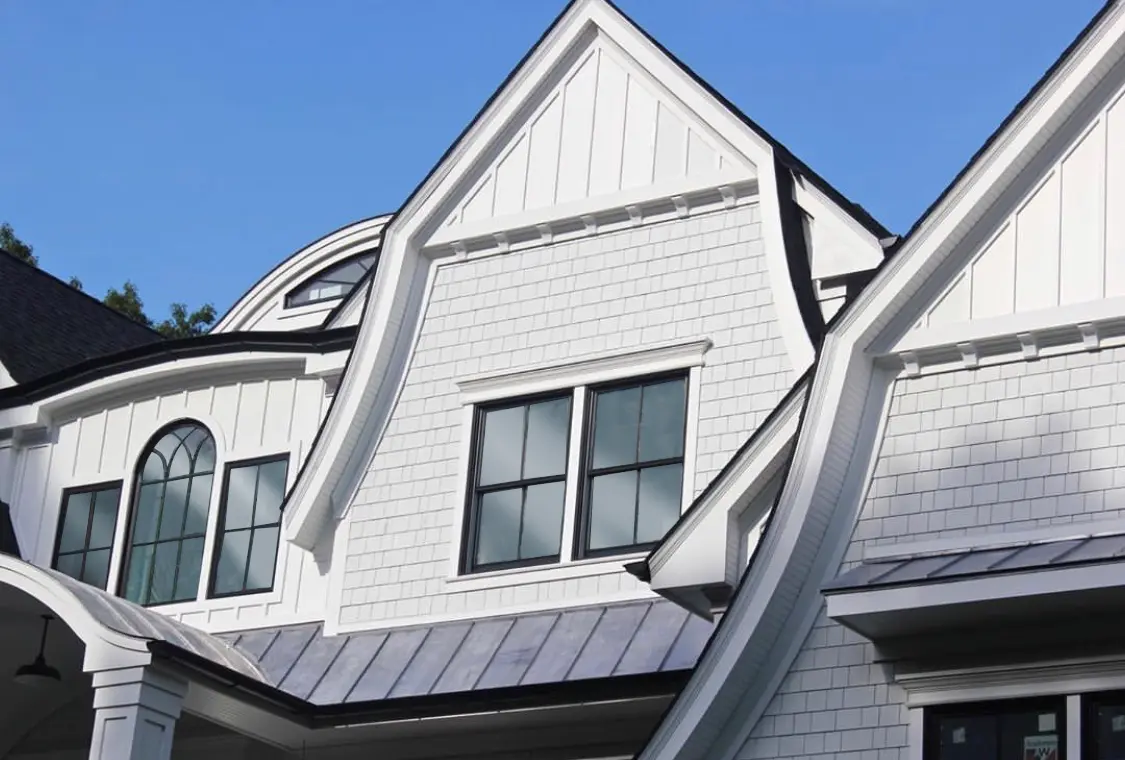














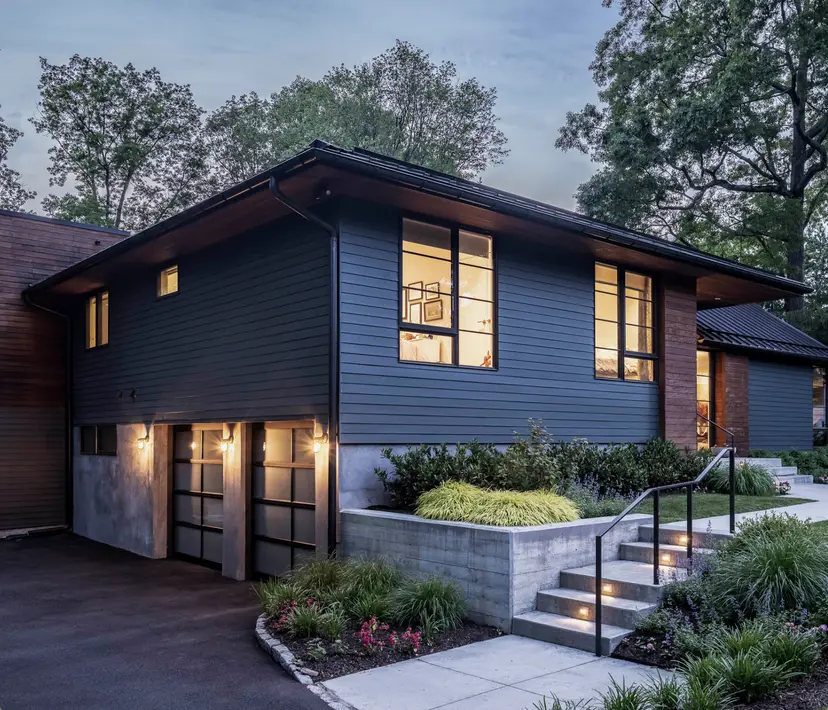
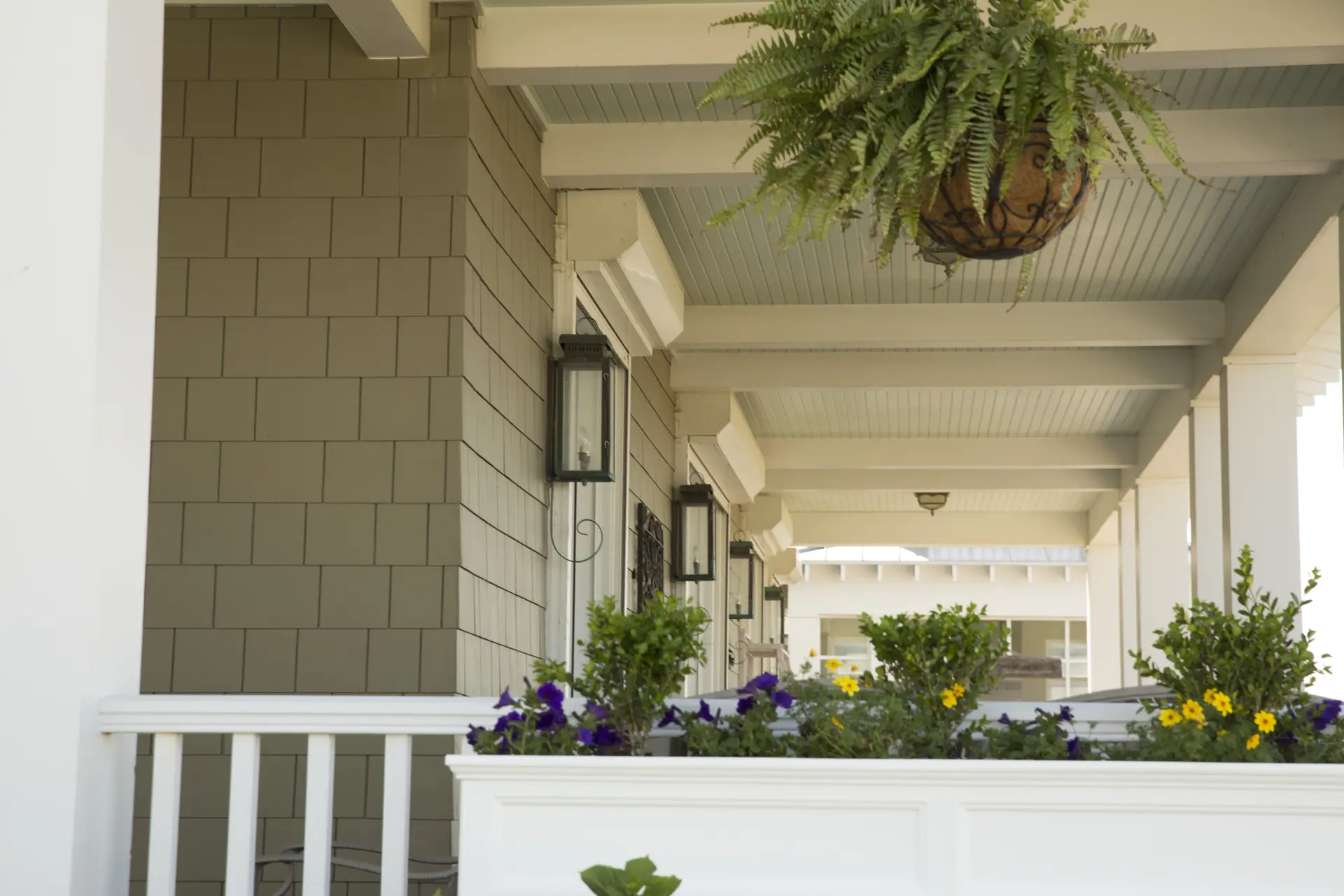
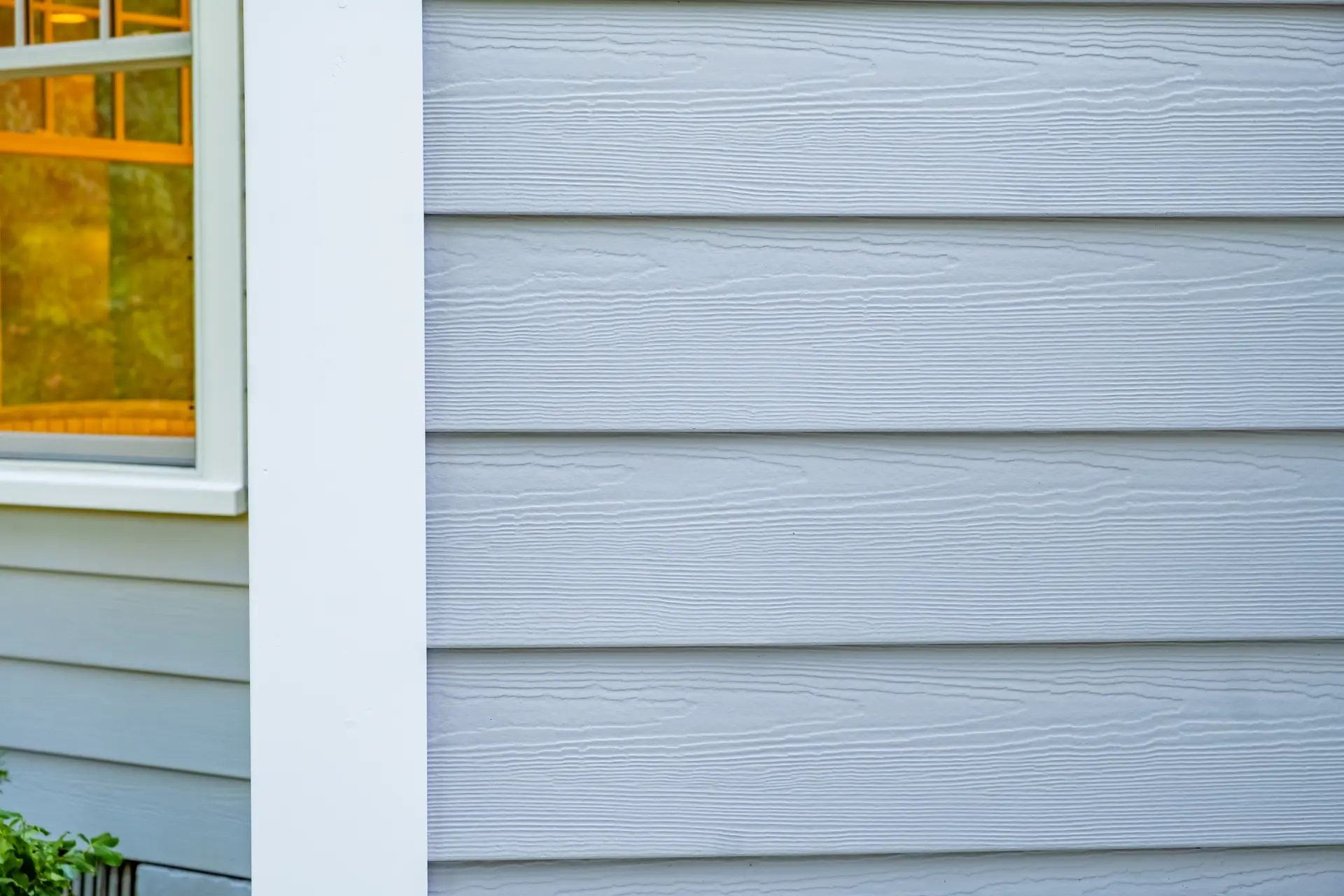
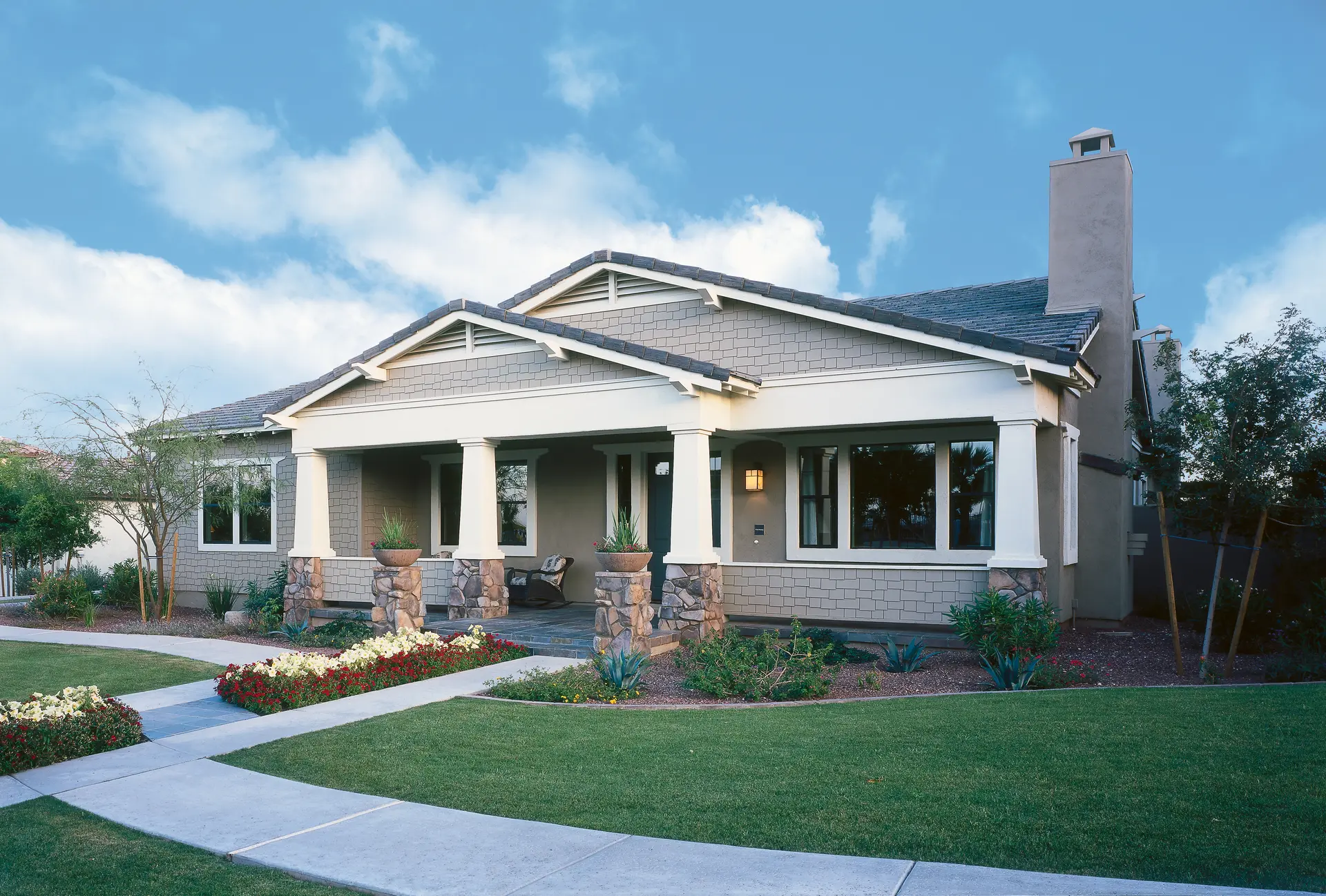
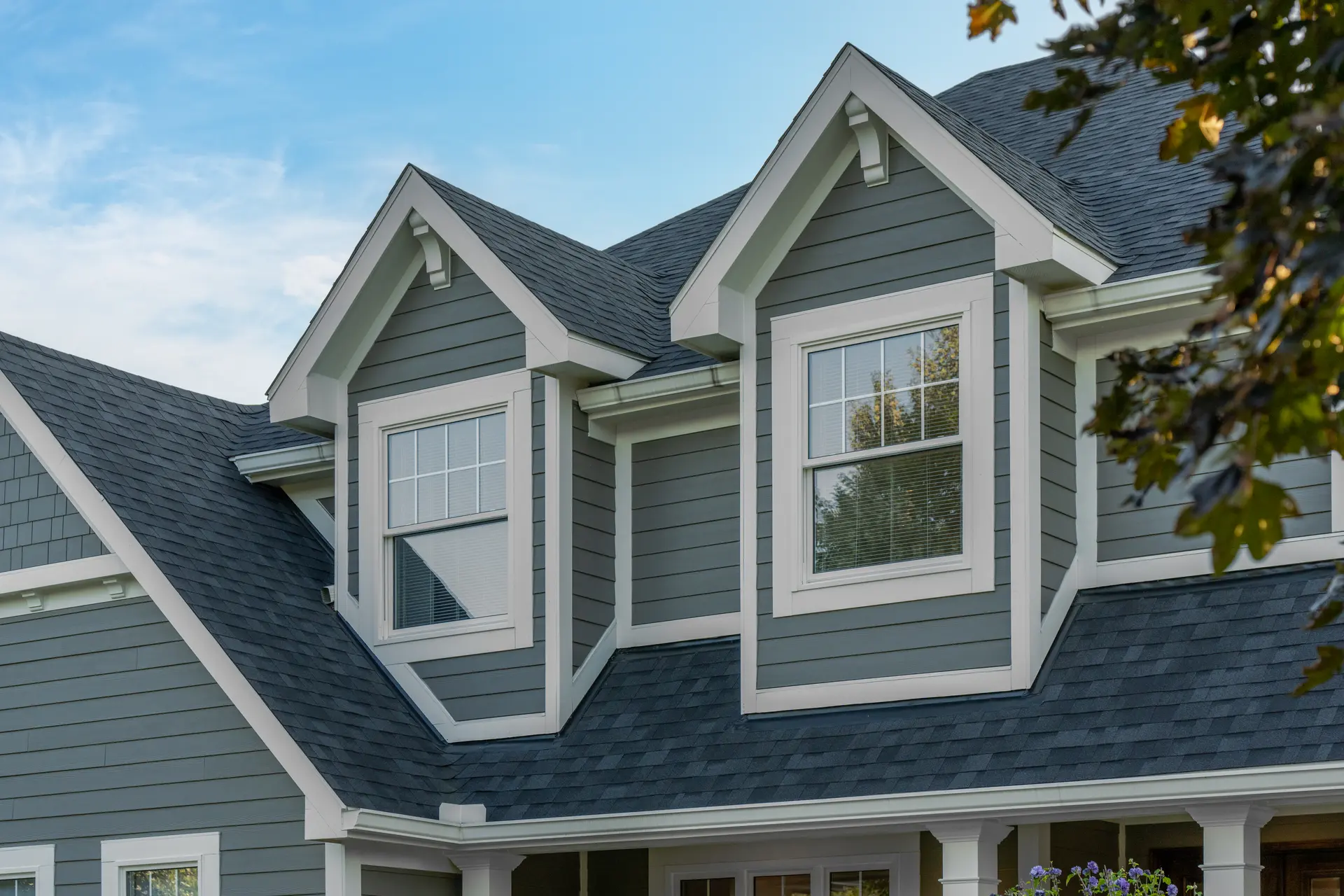
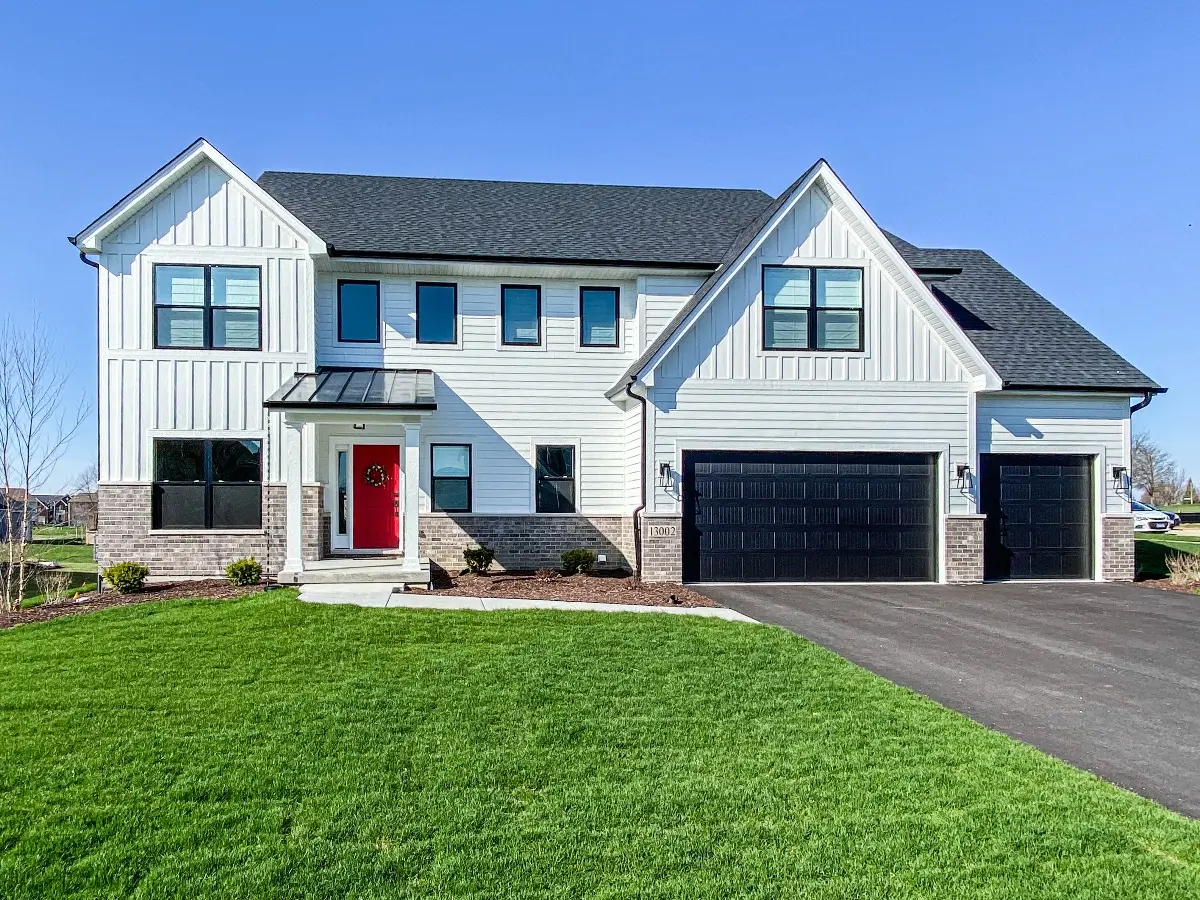





good info